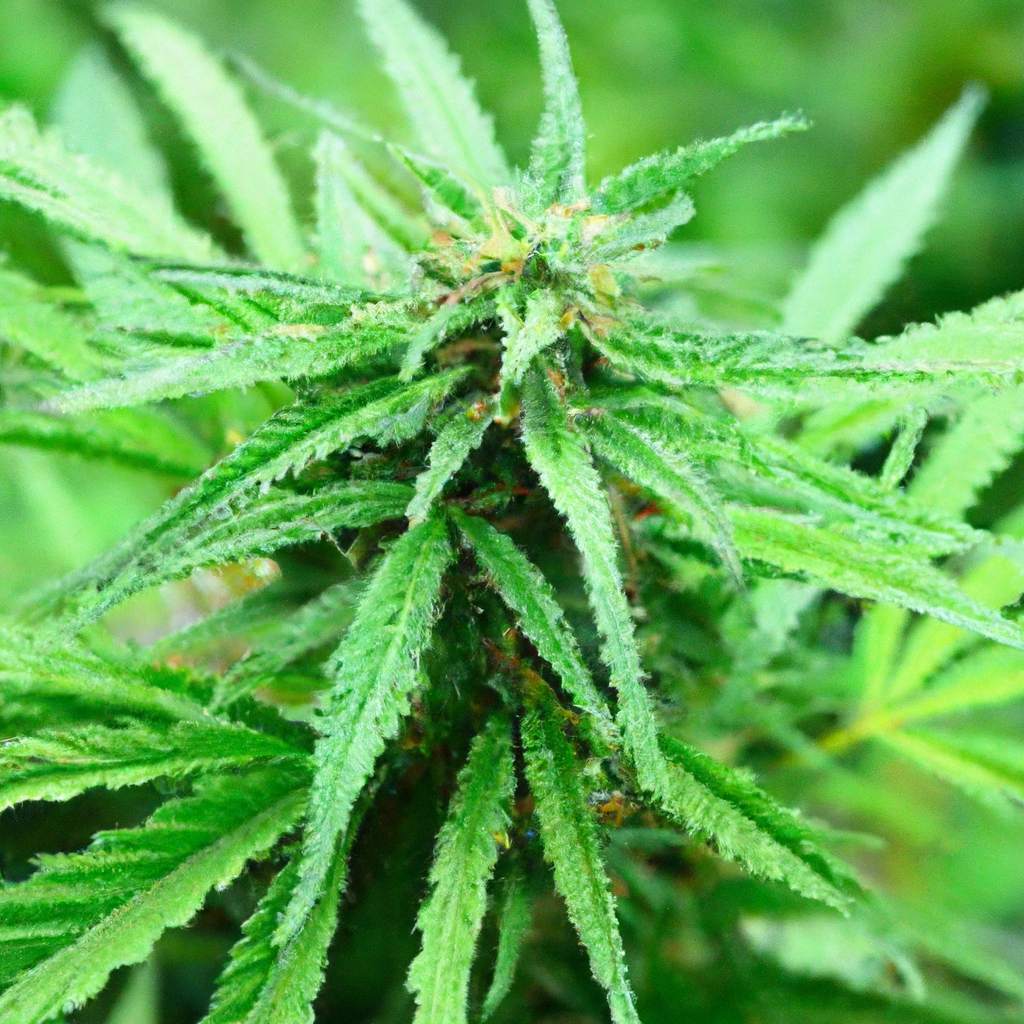“`html
By John “Magic” Greenleaf – “Growing greatness, one strain at a time.”
In the world of cannabis cultivation, few conditions are as challenging yet rewarding as high-altitude growing. As a seasoned grower nestled in the Rocky Mountains, I’ve spent over three decades perfecting techniques that turn these challenges into advantages. Today, I’m excited to share insights into thriving in high-altitude cannabis cultivation.
Understanding the High-Altitude Environment
The unique conditions of high-altitude environments, like those found in Colorado, offer both benefits and obstacles to cannabis growers. With thinner air and greater UV exposure, plants grown at elevated altitudes often develop enhanced potency and terpene profiles. However, fluctuating temperatures require specific strategies for success.
- Thin Air: Reduced CO2 levels mean plants must adapt, often resulting in more robust growth.
- UV Exposure: Greater exposure to ultraviolet light can enhance cannabinoid production and lead to more resinous buds.
- Temperature Swings: Nighttime cooling can slow growth if not managed correctly.
High-Altitude Growing Strategies
To cultivate vibrant cannabis at high altitudes, consider the following strategic approaches:
- Genetic Selection: Opt for strains known to thrive in harsh climates. “S t” is a high-altitude sativa perfectly suited for this environment.
- Environmental Control: Employing automated systems to regulate humidity and temperature ensures resilience against climate variability.
- Organic Practices: Use organic soils and fertilizers to retain moisture and support plant health. This aligns with sustainable cultivation, preserving high-quality yields.
Real-World Example: The Success of Mile High Mystique
The hybrid strain “Mile High Mystique,” celebrated for its calming effects and complex terpene profile, is a testament to the potential of high-altitude cultivation. Our unique approach to phenotype selection and stabilization has resulted in a strain that thrives amidst Colorado’s challenging environment, with a terpene content consistently testing between 3-5%.
Key Takeaway
High-altitude cannabis cultivation presents both challenges and opportunities. By understanding the environment, selecting appropriate genetics, and employing sustainable practices, high-altitude growers can produce cannabis that truly stands out in potency and quality. Remember, the altitude makes us tougher—and so does our weed.
Tags: High-Altitude Growing, Advanced Genetics, Sustainable Cultivation
“`


Leave a Reply